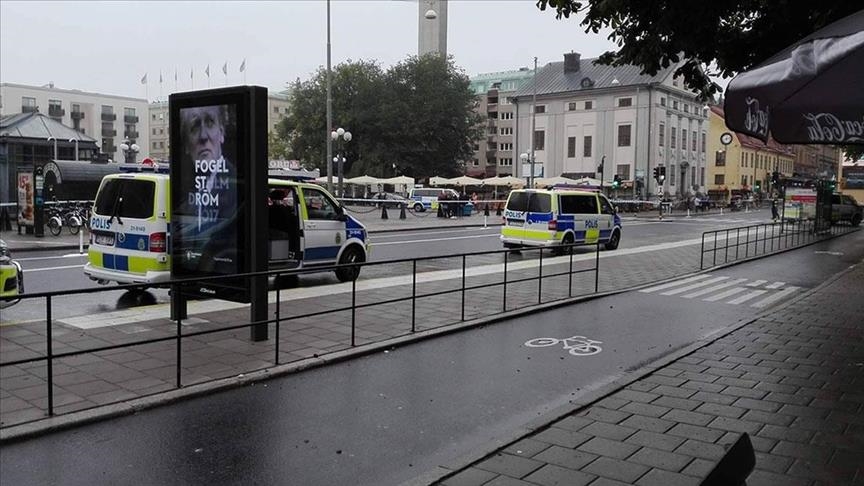STOCKHOLM
Since the beginning of January, around 30 serious violent crimes have already been committed in the Swedish capital Stockholm, including shootings and detonations of explosives, all of which are said to be the result of gang warfare.
Prime Minister Ulf Kristersson called those responsible for the recent rise in gang-related crimes “the domestic terrorists of our time.”
“People blow up and shoot each other out,” Hanna Paradis, a Stockholm police officer, told reporters after a fatal shooting last week.
In 2022, the number of fatal shootings in Sweden climbed to 63, an increase of 40% from the previous year. It also surpassed the country’s previous record of 47 fatalities in 2020, which was also a European record, according to official figures from the Swedish National Council for Crime Prevention.
Ethnic and economic segregation a key factor in recruiting youth
The conviction rate is relatively low in the country, with only one in four cases ending up in a conviction in 2022, which saw a total of 388 shootings. Criminologists believe this encourages more youth to join gangs.
Generally, older gang members recruit teenagers from vulnerable areas to commit shootings, as under 18s only face a risk of being placed in youth custody for a maximum of four years. Following police intervention in gang violence in January, officer Paradis said half of the suspects were minors.
Speaking to Anadolu, Rene Leon Rosales, a researcher at Stockholm’s Multicultural Centre, said it is impossible to talk about young people’s involvement in gangs without looking into areas of ethnic and economic segregation in Sweden.
“We have really serious patterns of segregation in our cities that are connected with politics, the politics of housing. During the last (few) decades in Sweden, we’ve been producing expensive apartments that you have to buy for really big money that really excludes big parts of the Swedish public from certain areas,” said Rosales, whose field of expertise is segregation and racialization of young people.
But it is not only the housing system that causes segregation, he said, pointing to the “market-ruled” school system, where the number of public schools has decreased due to privatization.
“So there’s really unfair competition that has led to a higher level of segregation between different schools. The fact that you have a lot of kids today that don’t really see another alternative to earning money, then this must be also related to this kind of school system,” Rosales added.
No longer the most equal society
Rosales believes that when there are neighborhoods which are direct results of economic and education-related segregation, the problem becomes deeper and hard to solve.
“In certain neighborhoods, you have a higher concentration of people with precarious lives, precarious work, newly arrived migrants, people on unemployment, people who don’t speak the language,” he said.
“When you combine these with the school system in the country, in certain schools, you’ll have high concentrations of kids who have parents with very precarious lives. Of course, not all of them. So there’s a systematic segregation of kids with different conditions of lives and possibilities of lives.”
As the gap between the segments of society grows further, the core of the issue has to be solved to not become worse, he said.
“Sweden used to be known in the 80s as one of the most equal societies in the world. It’s no longer that way,” the researcher argued.
“Sweden is now known as one of the countries where the accumulation of capital among the richest is so high, topping the list in the world. At the same time, we have a population of the society that is racialized as non-white, that is very poor. As we know, being poor is a social factor, being poor is related to what you have around you.
“Yes we do have a big problem with shootings, it’s connected to the fact that people here consume a lot of drugs. But it’s not the people from these segregated neighborhoods that make this business go around, and the issue is all connected to the fact that we have a very segregated society.”
While the trend of violence continues at a fast pace, the Swedish government is in the process of bringing in new laws and strict punishments to tackle the issue.

